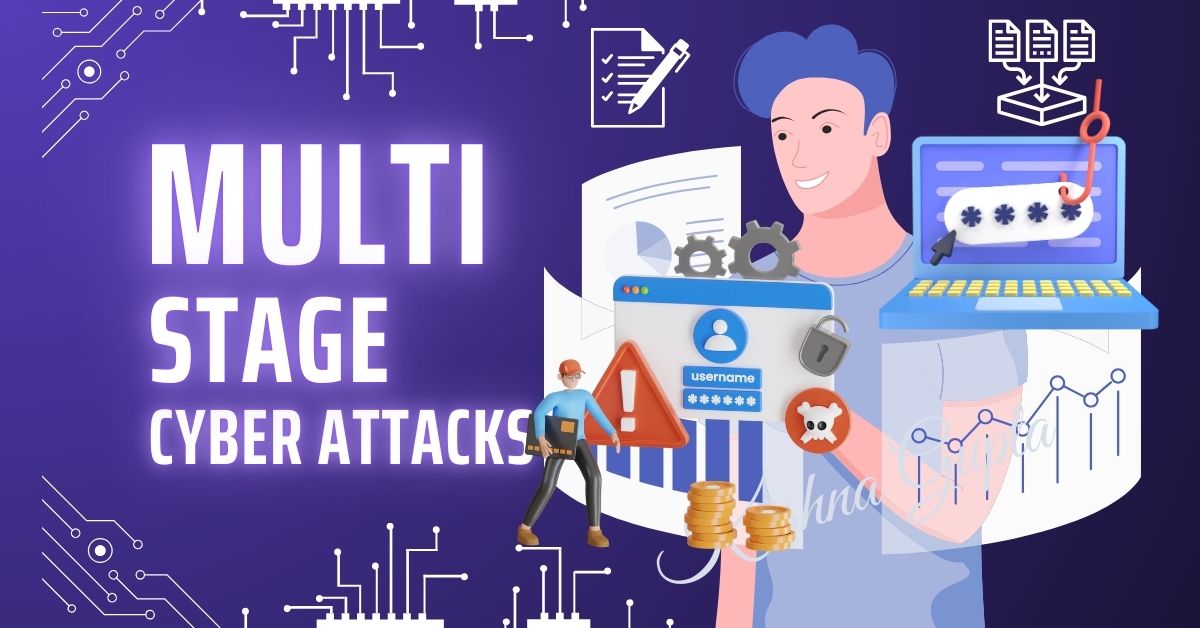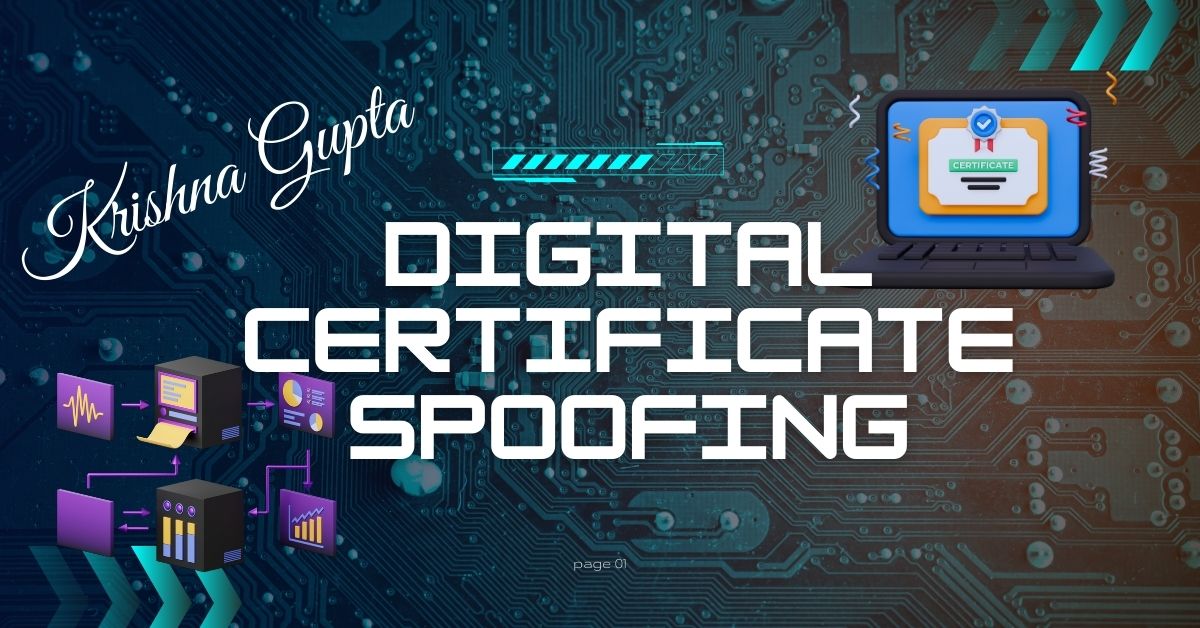The DINK Revolution: Unlocking Opportunities for C-Suite Leaders in a Changing World
### **What Defines a DINK Household?**
The DINK demographic consists of couples with dual incomes but no children, typically aged between 25 and 45. Motivations for this lifestyle choice range from career aspirations to financial stability, personal preferences, and broader societal trends. These couples tend to prioritise:
1. **Professional Growth:** Focused on advancing careers without the interruptions or financial burdens associated with parenting.
2. **Financial Independence:** Aiming to build wealth, invest strategically, and secure a flexible lifestyle.
3. **Lifestyle Choices:** Emphasising travel, luxury, hobbies, and self-development.




